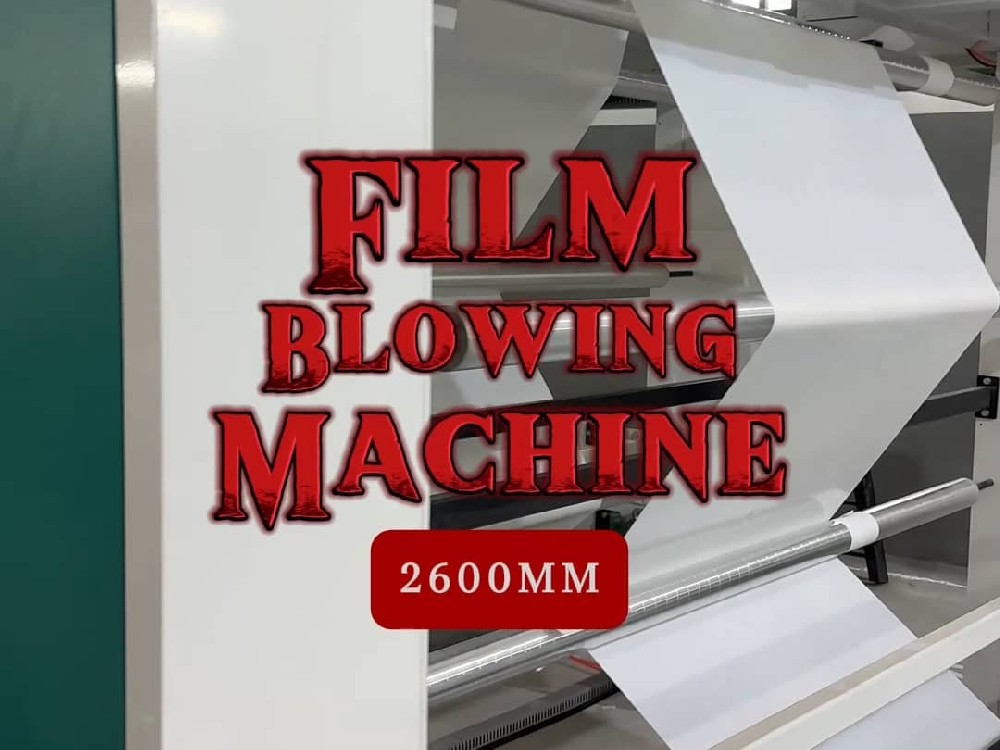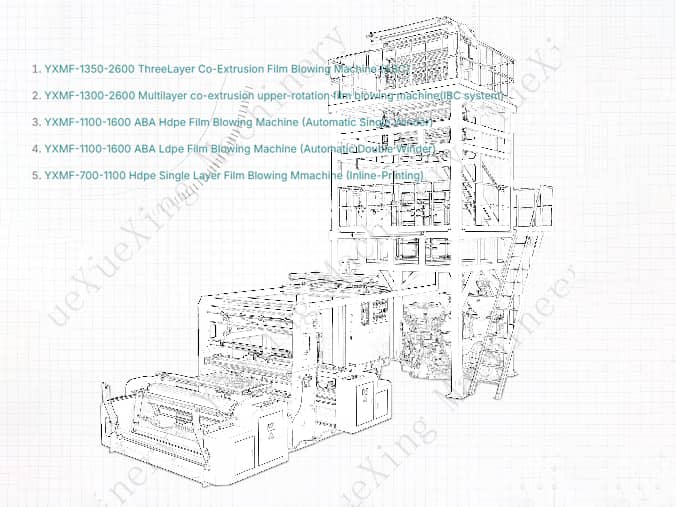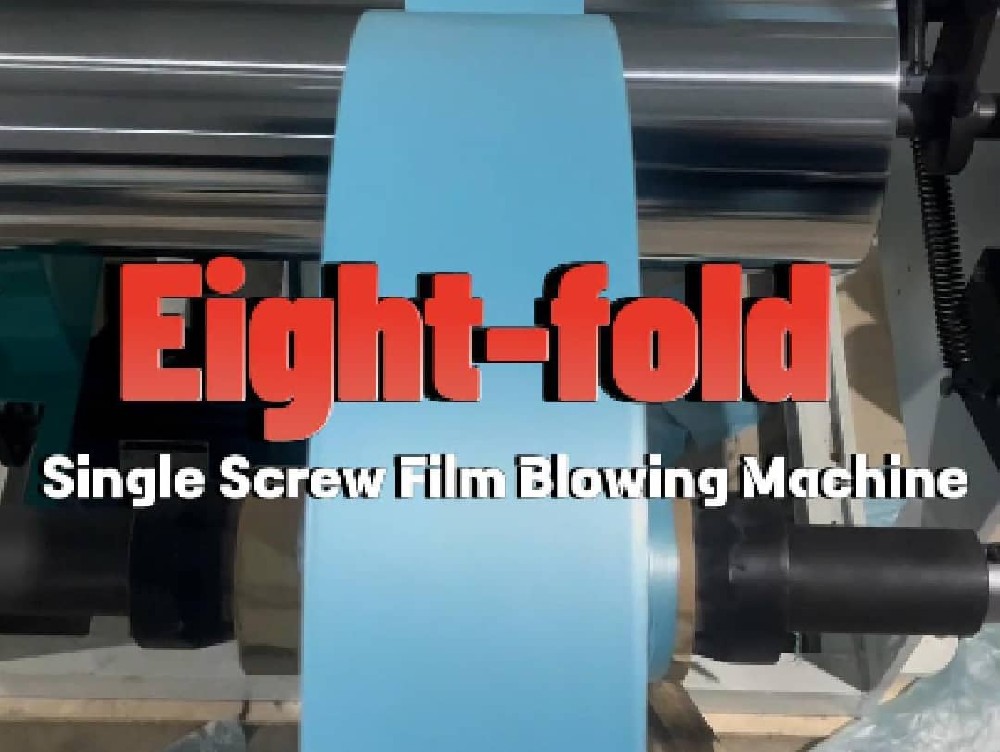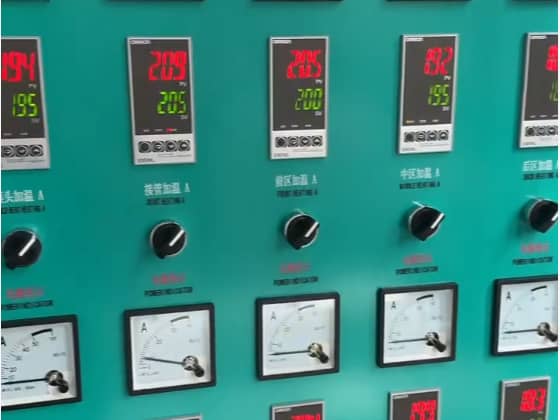Common Issue in Blown Film Machines: Poor Winding Quality
2025-07-18This article attempts to provide as detailed an analysis as possible, which might be rather lengthy.
Symptoms
Poor winding quality manifests as:
Loose or overly tight rolls (film slippage or inner-layer compression)
Misaligned edges ("telescoping" or edge deviation)
Wrinkles/air entrapment (uneven tension causing film distortion)
Deformed cores (eccentric shafts or uneven pressure)
Root Causes Analysis
1. Improper Winding Tension Control
Excessive tension: The film stretches and deforms, and the inner layer is compressed to form a "hard core", which is prone to breakage during subsequent slitting.
Insufficient tension: The material is loose, and it is prone to slipping or air pockets during handling.
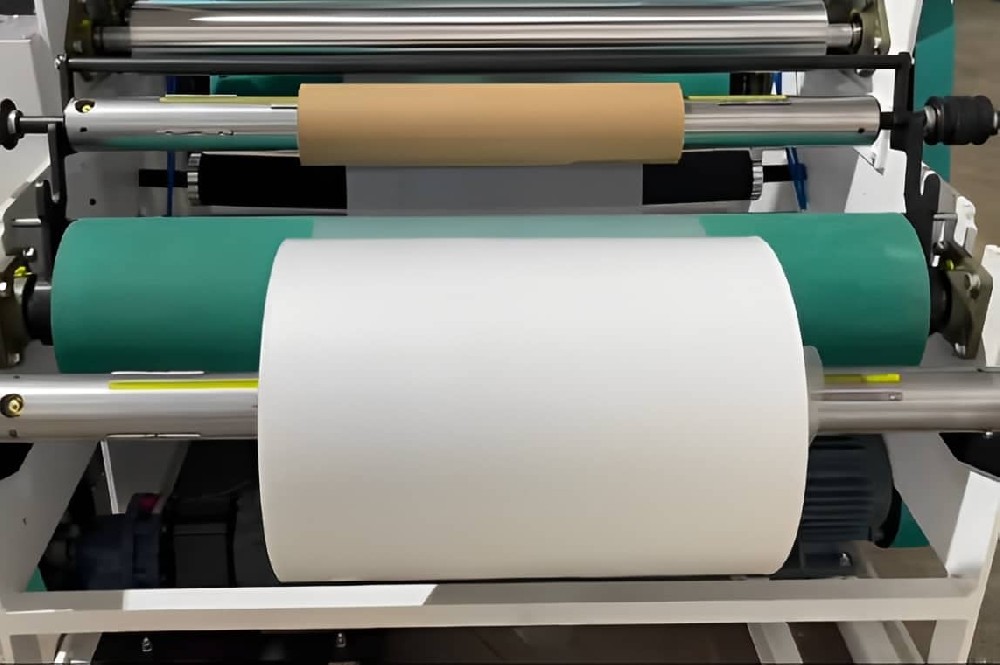
2. Equipment or Mechanical Issues
The winding shaft is eccentric or worn, causing radial vibration of the roll material.
Uneven pressure of the pressure roller or dirt on its surface affects the flatness of the film.
3. Process Mismatch
The extrusion speed is not synchronized with the winding speed (e.g., incorrect setting of the traction ratio).
Insufficient film cooling (the film becomes too soft at high temperatures and is difficult to be stably wound up).
4. Film Quality Issues
Uneven thickness or excessive surface stickiness (such as additive precipitation).
Solutions & Optimization
1. Adjust the winding tension (Optimize Winding Tension)
Step-by-step testing: Start from a low tension and gradually increase it until the roll is tight and free of deformation.
Taper tension control: Automatically reduce tension as the roll diameter increases (recommended reduction ratio: 10% to 20%).
Use tension sensors: Real-time monitoring and closed-loop control of tension fluctuations.
2. Inspect Winding Equipment
Ensure that the winding shaft is free from wear and has good dynamic balance.
Clean the surface of the pressure roller to avoid dirt affecting the flatness of the film.
Check whether the air pressure of the air expansion shaft is uniform (for center winding models).
3. Optimization of Process Parameters (Process Adjustments)
Synchronous extrusion and winding speed: The draw ratio is recommended to be controlled between 1:1.05 and 1:1.2.
Enhanced cooling: Adjust the air ring wind speed to ensure the film is fully cooled before winding (surface temperature ≤ 40°C).
4. Enhance Film Properties
Add anti-adhesive agents (such as silica) to reduce interlayer adhesion of the film.
Calibrate the die thickness to ensure that the deviation of the film's transverse thickness is less than 5%.
Preventive Maintenance
Daily Inspection: Coaxiality of the take-up shaft, cleanliness of the pressure roller.
Weekly calibration: tension sensor and speed synchronization system.
Raw material control: Avoid using recycled materials with excessively high moisture content or those that have degraded.
Conclusion
Poor winding quality directly impacts production efficiency and film usability. By optimizing tension, maintaining equipment, and fine-tuning processes, manufacturers can minimize waste and enhance product value.
Previous:Common Issue in Blown Film Machines: Excessive Die Lip Buildup
Next:Degradable Plastic Packaging: The Future of Eco-Friendly Packaging
